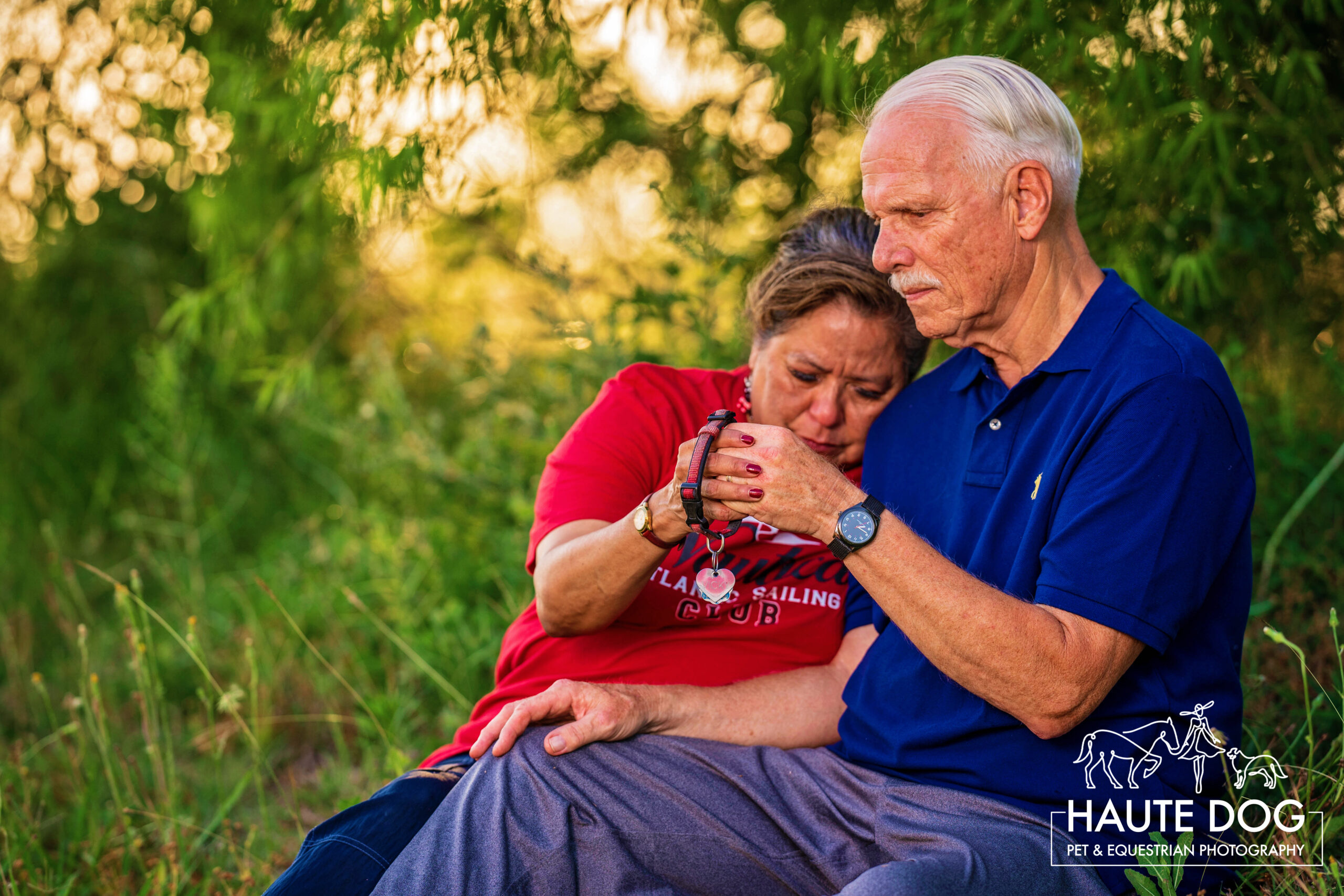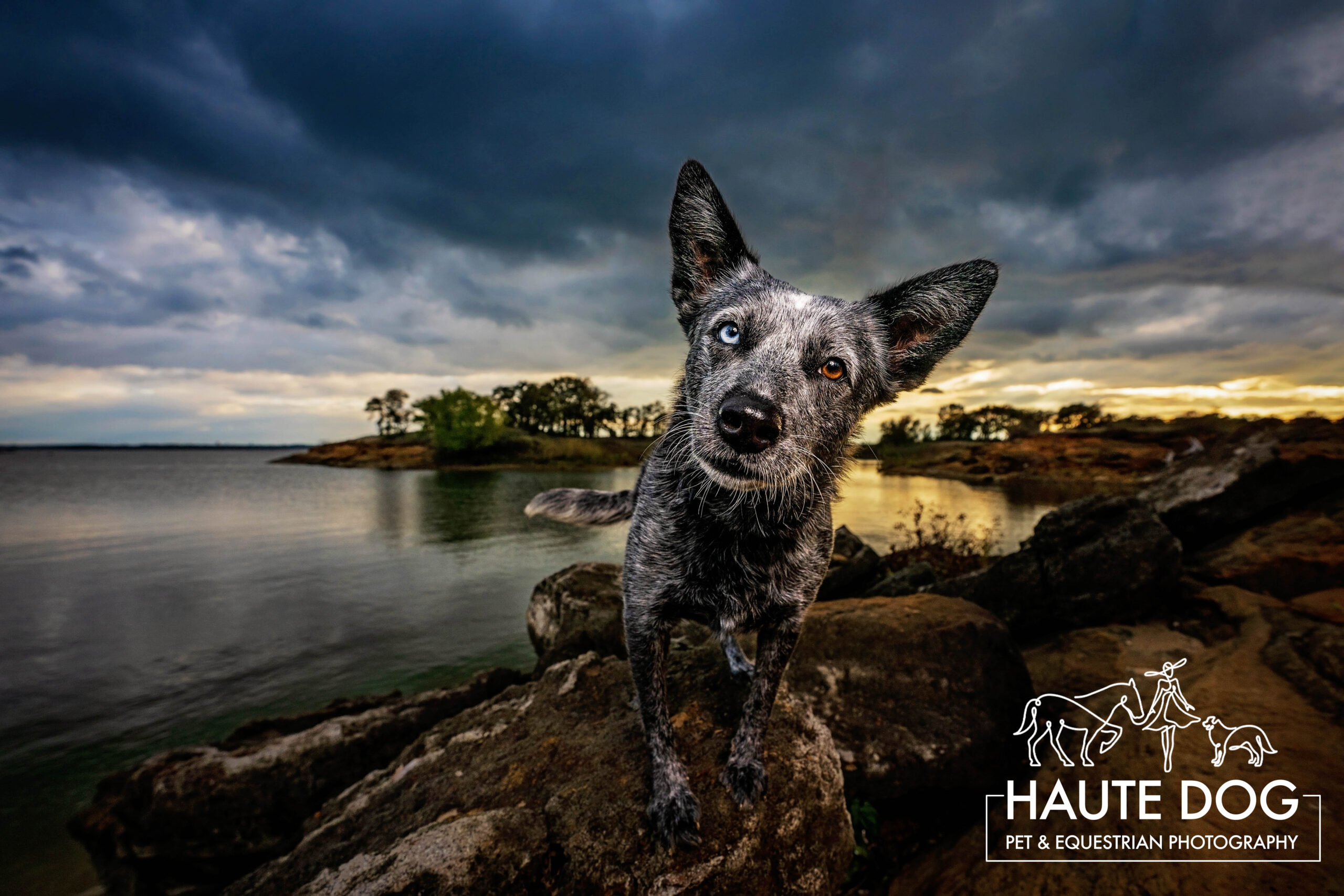
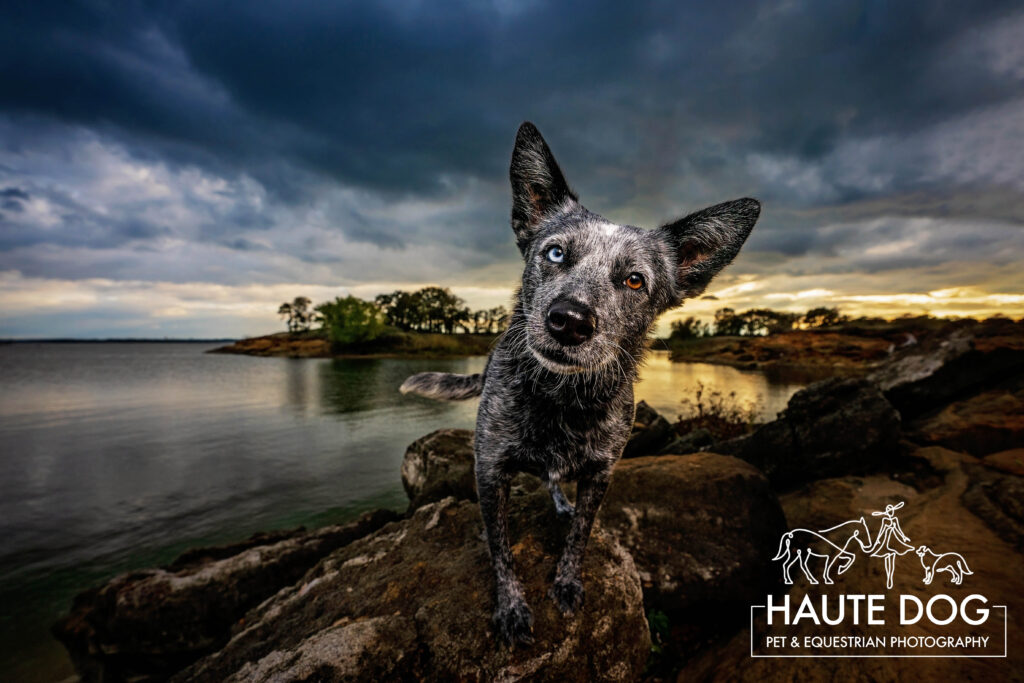
“Tornado season in North Texas runs from January 1st through December 31st.” ~Jesus Jimenez, Staff Writer at the Dallas Morning News
Severe weather can strike at any time, and as pet parents, it’s our responsibility to ensure our furry family members are protected. From thunderstorms and hailstorms to tornadoes and high winds, the Dallas-Fort Worth area is no stranger to extreme weather.
In this guide, you’ll learn how to prepare a pet emergency kit, create a storm safety plan, and keep your pets calm during severe weather. Don’t wait until it’s too late—let’s dive into pet safety tips that could save your dog’s life.
Before an Emergency
Rescue Alert Sticker
These stickers will allow rescue workers to know that there are pets inside your home. Place your sticker where it would be visible to rescuers (like a front window or door). Make sure to have the number of pets in your home and Vet information. If you evacuate with your pets write EVACUATED onto the sticker. To get one for your home check out local pet stores or online retailers.
Why Pet Safety Matters During Storms
Storms pose several risks to pets, including:
- Flying debris: High winds can turn outdoor objects into dangerous projectiles.
- Flooding: Heavy rains can cause sudden floods, putting pets in harm’s way.
- Loud noises: Thunder and hail can trigger anxiety, leading to stress-induced behaviors.
- Power outages: Lack of electricity may impact access to fresh water and proper ventilation.
Preparing in advance ensures that your pet remains safe and comfortable during a storm.

Step 1: Build a Pet Emergency Kit
A well-stocked pet emergency kit is crucial during severe weather. Here’s what to include:
Essential Supplies
✅ Food & Water: At least a 3-day supply of bottled water and pet food (with a manual can opener if needed).
✅ Medications & First Aid Kit: Include a week’s supply of any necessary medications, bandages, antiseptics, and tweezers.
✅ Leash & Collar with ID Tags: Ensure your pet’s identification is up-to-date in case they get lost.
✅ Comfort Items: A favorite blanket, toy, or treat to keep them calm.
✅ Waste Disposal: Poop bags, cat litter, or disposable pads.
✅ Pet Carrier or Crate: Safe transportation is vital if evacuation is necessary.
✅ Copies of Medical Records: Store vet records in a waterproof bag or upload them to a cloud service.
Bonus Tip: Keep your emergency kit near your storm shelter for quick access.
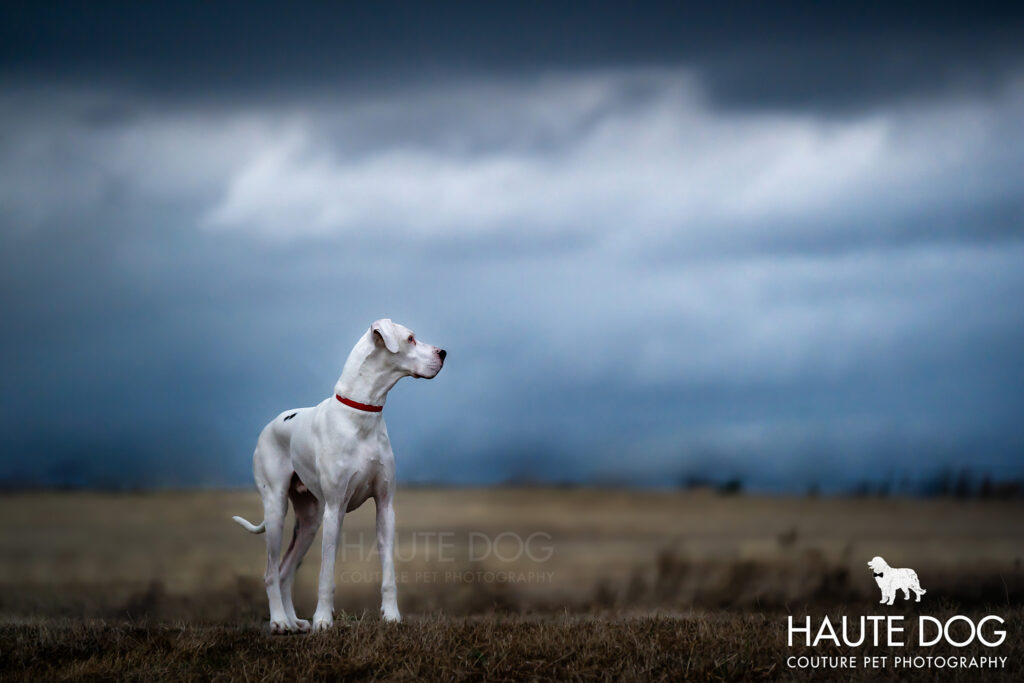
Step 2: Create a Storm Safety Plan for Your Pets
A storm safety plan ensures you and your pets know what to do when severe weather hits.
Designate a Safe Space Indoors
- Choose a windowless room such as a basement, laundry room, or bathroom.
- Keep pet beds, food, and water accessible in this space.
- Use white noise or calming music to drown out thunder and hail.
Plan for Evacuations
- Identify pet-friendly shelters in your area (most Red Cross shelters do not allow pets).
- Keep your pet’s carrier and leash ready for a quick getaway.
- Have a pre-arranged meeting spot in case you get separated.
Secure Your Home & Yard
- Bring outdoor pets inside before the storm.
- Remove loose objects like patio furniture and toys to prevent flying debris.
- Check fencing and gates to ensure they are secure.
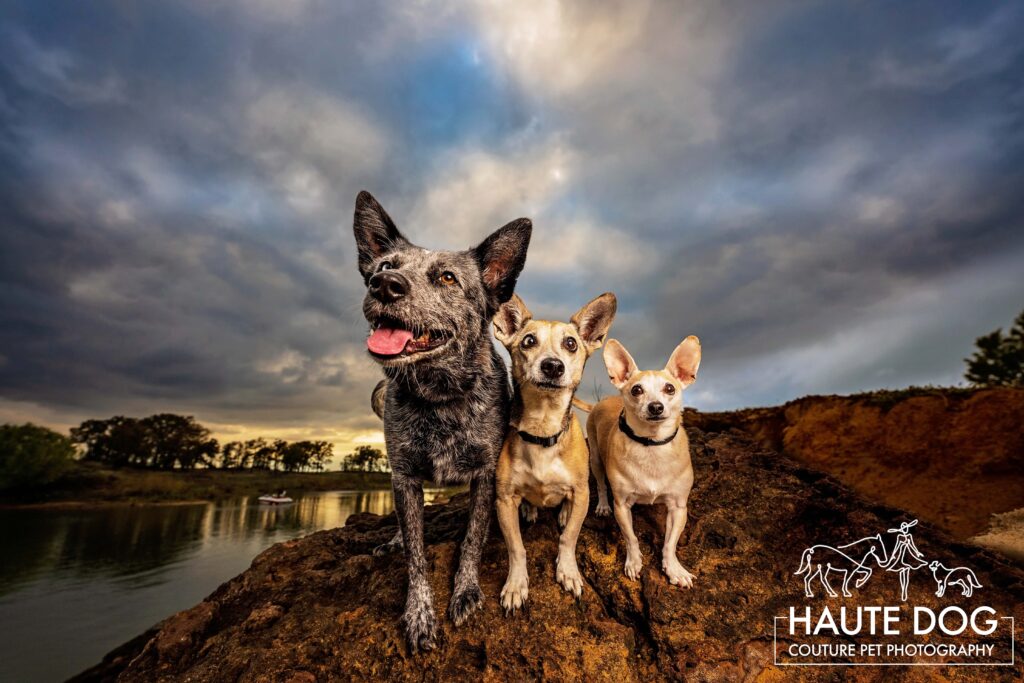
Step 3: How to Keep Pets Calm During a Storm
Many pets experience storm anxiety, which can lead to destructive behavior or escape attempts.
Ways to Reduce Stress:
- Thundershirts & Anxiety Wraps: These apply gentle pressure to help calm your pet.
- Pheromone Diffusers & Sprays: Products like Adaptil release calming scents.
- Distraction Techniques: Play with their favorite toy or engage them with puzzle feeders.
- Desensitization Training: Expose them to recorded storm sounds at low volumes to build tolerance.
FAQs: Common Pet Storm Safety Questions
What if my dog runs away during a storm?
Ensure your pet has a microchip and updated ID tags. Many lost pets are found quickly thanks to microchips.
Can I give my dog human anxiety medication for storms?
Never give human medication to pets unless prescribed by a vet. Instead, consult your vet about pet-safe options.
How do I know if my pet has storm anxiety?
Signs include panting, pacing, hiding, whining, destructive behavior, and excessive drooling. If symptoms are severe, talk to your veterinarian.
Should I let my dog outside after a storm?
Check your yard for debris, broken fences, and downed power lines before letting your pet out.

Conclusion: Don’t Wait—Prepare Today!
Storms are unpredictable, but your pet’s safety doesn’t have to be. By assembling a pet emergency kit, creating a storm safety plan, and using calming techniques, you’ll keep your furry friend safe no matter what the weather brings.
Stay safe, Dallas!


